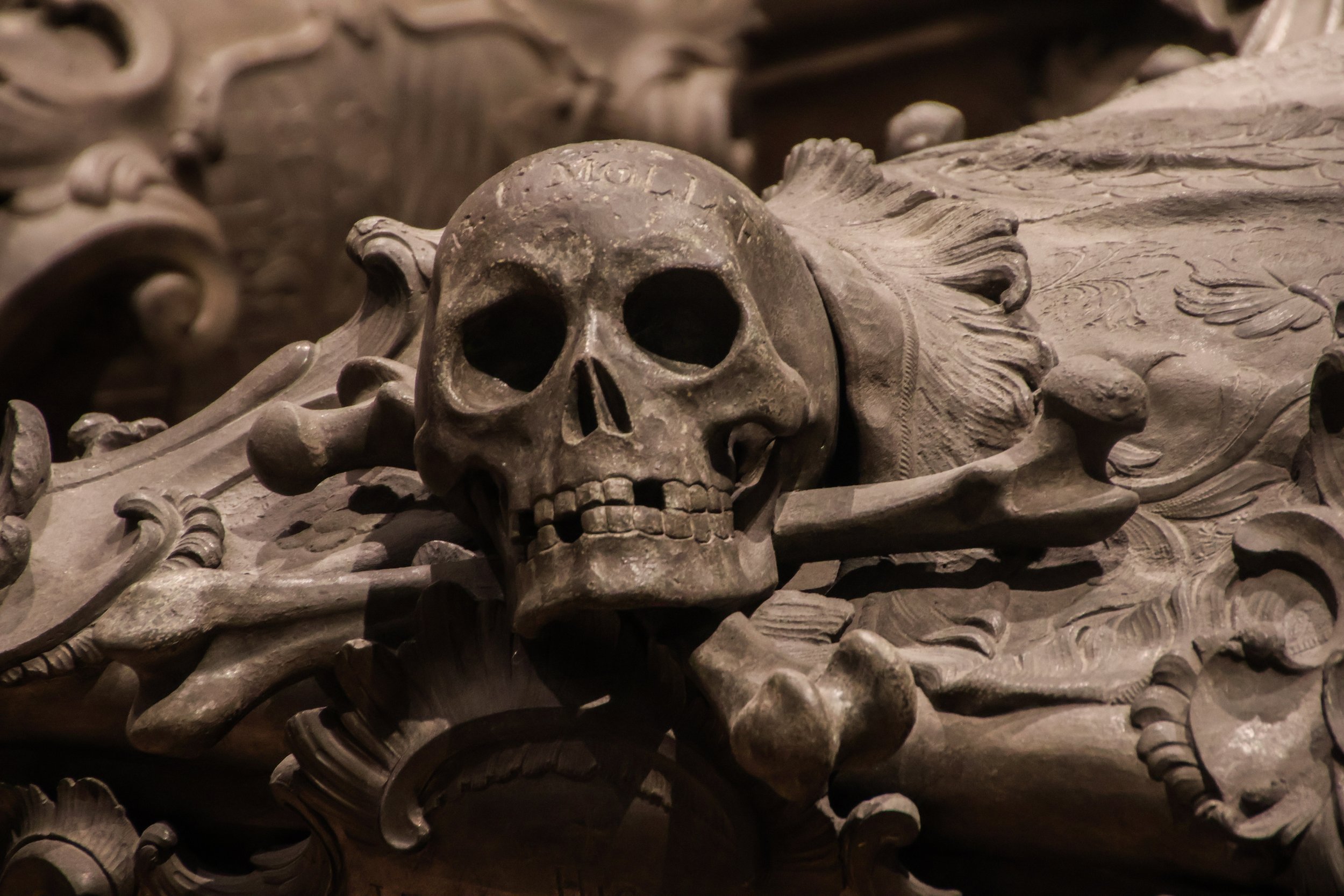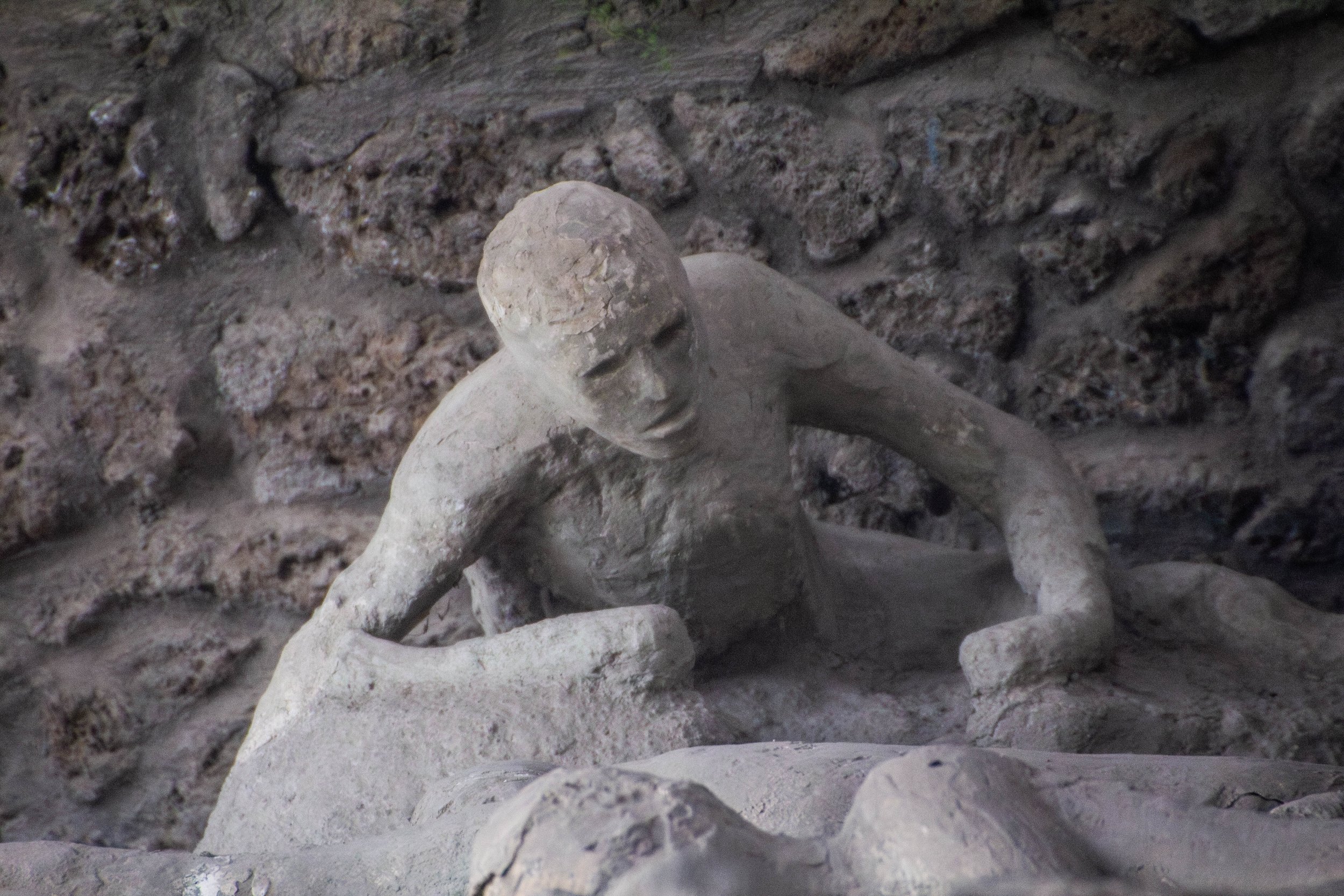I’ve been forced to reference Vienna’s history books more than once now, but today is where we’re going to take a deep dive into those history books. And we’re going to do so with the aim of exploring one particular character in Vienna’s story: the House of Habsburg.
The House of Habsburg is one of the most important dynasties in European history. Their origins are bit murky, but their collective ascent to nobility as a family can be traced all the way back to the 900s. They were lords controlling patches of territory in central Europe who—over the course of generations—fought their way to the very top. Starting in 1440 when they were at the helm of the Holy Roman Empire, the Habsburgs were in control of major world powers until the early 1900s.
The Greeks really started to invest in and expand Pompeii around 450 BC, but a couple of centuries later, it would ultimately pass into the control of the Roman Empire. By the year 78 AD, it was a large, affluent, well-to-do town in the Roman Empire, which was already more than 3x older than the modern-day United States.
Oh yeah, and it also sat right next to a giant volcano called Mount Vesuvius.
In 79 AD, Vesuvius erupted, releasing approximately 100,000x the energy of the atomics bombs that were dropped on Hiroshima and Nagasaki during WWII COMBINED. At this point in history, the Bay of Naples was already a densely populated area, which made this one of the deadliest eruptions in history. Pompeii, as well as a few other towns in the area, such as Herculaneum, were pretty much wiped off the map, their inhabitants burned and/or suffocated by the violent pyroclastic flows.
The Canterbury Cathedral is a marvel of gothic architecture and remains immensely important in the modern day. In fact, before I had actually visited this place, I mostly just thought of it as the town around this cathedral. We’re going to spend a lot of time exploring this cathedral today, but first, let’s have a walk through town.
It turns out that the town of Canterbury is quite charming in its own rite! My sample size is still quite low when it comes to England, but this felt—to me—like the quintessential English town. Even in the rain, it makes for some lovely walking.
Whether or not these kinds of country bars are “your scene,” there is one thing that can be said for certain about Nashville’s Honky Tonks: they are the genuine artifact. Almost anywhere else you would encounter this kind of atmosphere, it would be a rip-off of something else. But THESE bars are the O.G.s. It was here that the “Father of Country Music” Jimmy Rogers started playing at bars almost a century ago in the 1930s. The area has gone through some ups and downs over the past 100 years, but today Broadway is enjoying multiple consecutive decades of economic growth.
Yes, if the articles on the Internet are to be believed, Music City is the place to be! Over the past few years, it has become an oft-recited fun fact that more than ~100 people are moving to Nashville each day. I can guarantee you that almost every single one of these people knows Nashville’s nickname, ‘Music City,’ and will visit Broadway—and maybe even the nearby Country Music Hall of Fame—in the first 6 months of living here.
However, very few of them will have ever heard of the other side of this coin: Jefferson Street.
Before we head out of the city and into some nature, we’re going to take one last photo-walk through a very specific slice of San Francisco: Haight-Ashbury. Today it would be easy to pass through this area and think it’s just a pretty neighborhood, but there is actually some really cool history here from the not-so-distant past. There was a time when Haight-Ashbury was the epicenter and headquarters of a national zeitgeist whose iconic status endures to this day.
I’m talking about the Summer of Love.
I don’t know what I expected when I showed up in Mississippi. I had some vague aspirations about getting out into the legendary Delta to see pieces of the Blues Trail, but I wasn’t sure how realistic it was to cover all of that ground in the short time I had. I thought it would be cool to visit the Crossroads, but everybody I know that has been there told me it’s literally just an intersection in the middle of nowhere. So I wasn’t sure it was worth the drive. This probably doesn’t sound like the beginning of a great article. I really thought of the Blues mostly in the past tense so I wasn’t expecting to find anything in Mississippi but some history. But OHHHHH MAMA! I have never been more wrong in my LIFE!
I got the chance to visit Mississippi recently, and that just so happened to be on the weekend of Juneteenth, 2021. Mississippi is not a place that tends to be high on anybody’s travel bucket list—least of all mine—but the opportunity presented itself, so I went for it! Honestly, I have always been curious.
Today we’re going to talk about the elephant in the room: race in the Deep South. And just like with any other article I write, I don’t claim to be an expert. I’m just a white dude trying his best to understand the world around him and become a better person along the way. And I am, like the rest of us, a work in progress.
Teotihuacán is one of the most historically, culturally, and architecturally significant cities in the pre-Columbian Americas. At its height, it was the largest city in both North and South America, with a population of 125,000 people (estimated). That might not seem like much today, but by Mesoamerican standards, that’s like Tokyo or New York. This wasn’t just a place—it was THE place. But here’s what makes it so fascinating…
The origins of Teotihuacán are utterly mysterious. The backstory behind its founders is totally unknown. And it’s not just unknown to us now, in 2020. Apparently the Aztecs discovered the ruins of this city and also didn’t know exactly where it came from or what the story was. Isn’t that INSANE? The AZTECS discovered this when it was already ruins!
Some cities hit you with strong vibes the minute you step out of the airport, and those vibes set the tone of your entire stay. But Tbilisi was an interesting one, because I really didn’t feel anything when I arrived here. Or ever, in the 7 nights I spent in this city. I was expecting some sort of strong, emotive, post-Soviet energy of a fledgling nation determined to get on its feet regardless of Russia’s endless attempts to undermine its sovereignty (or, you know, something like that) … but I felt nothing. Because, as it turns out, Tbilisi is a city with absolutely ZERO pretense.
This started as a trip to a church in the southern part of Armenia called Noravank. Not a big deal.
We’re going to get there by the end of this article, but we’re going to take a detour to explain something interesting along the way first. So I’ll drop us into the story right around noon, when I was riding shotgun in a large van, speeding southward along the Armenian-Turkish border.











